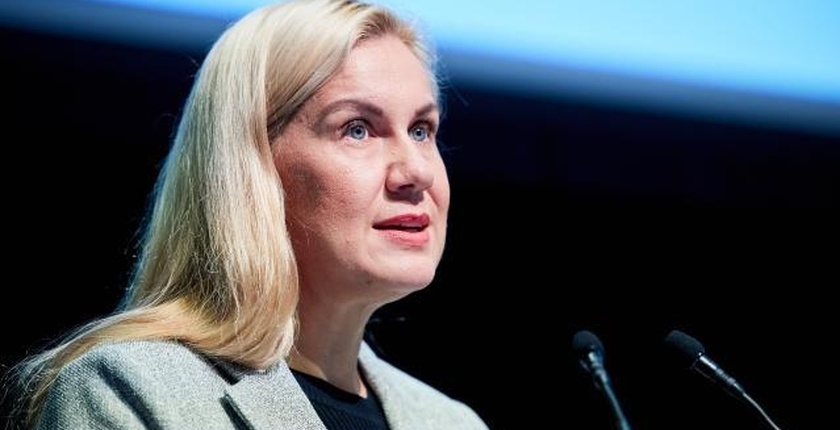
Photo: Reginal from Pixabay
The European Commission has presented a 14-point action plan for seven challenges to make electricity grids more interconnected, digitalized, and cyber-resilient. The proposed measures focus on the implementation of the agreed legal framework and they should be delivered swiftly to make a difference in time for the 2030 objectives, according to the commissioners.
Lobby groups WindEurope and SolarPower Europe welcomed the action plan but they also have objections. They argued that the declaration lacks solutions for solar and wind projects already in queue for grid connection as well as concrete provisions to support flexibility.
One of the main issues that the commission highlighted is that 40% of Europe’s distribution grids are over 40 years old. This decade alone, EUR 584 billion in investments are necessary for electricity grids, with a substantial part needed in the distribution segment, the European Union’s executive body stressed.
For every challenge, there is at least one action
Europe currently has 93 GW of cross-border transmission capacity, with an additional 23 GW being incorporated by 2025, but a further 64 GW is needed by 2030, the statement adds. One of the reasons is that electricity consumption in the EU is expected to increase by around 60% between now and 2030, the European Commission said.
Rapid implementation of the 85 electricity transmission, storage, and smart grid cross-border projects is included in the 2023 list of projects of common interest (PCI) list, the commission pointed out.
In addition to accelerating the implementation of PCIs, the challenges listed include long-term planning for grids to accommodate more renewables and electrified demand, better usage, and an improvement of the grid supply chains.
For every challenge, there is at least one action, according to the document named Grids, the missing link – An EU Action Plan for Grids.
European Commissioner for Energy Kadri Simson: The plan will be turned into concrete actions
“Grids need to be an enabler, not a bottleneck in the clean energy transition. That way we can integrate the vast amounts of renewables, electric vehicles, heat pumps and electrolyzers that are needed to decarbonize our economy. Today’s action plan sets the scene, and I count on the support of all players in the sector to help turn the plan into concrete actions,” European Commissioner for Energy Kadri Simson said.

SolarPower Europe’s Chevillard: The plan falls short of clarifying the EU regulatory framework for storage
The SolarPower Europe association praised the measures intended to help solar project developers tend to the spatial planning part of their projects and unlock the massive grid queues in the EU.
“But we need a union that delivers: guidance must be put into action to accelerate grid connection. The pan-European view of grid hosting capacity must serve as our compass for the monitoring of the Clean Energy Package implementation, including in the NECPs,” said Naomi Chevillard, Head of Regulatory Affairs at SolarPower Europe.
The industry is also concerned, in her words, with the absence of concrete, regulatory provisions to support the easy win of growth and integration of flexibility at all voltage levels.
“Flexibility is immediately available at the consumer’s house, where elements of grid infrastructure need up to ten years to be deployed. Today’s plan falls short of clarifying the EU regulatory framework for storage with regard to taxation or treatment of stored renewable electricity, and risks endangering flexibility growth with its ambiguous regulatory framework,” Chevillard stressed.
WindEurope CEO Giles Dickson: Urgent action is needed to tackle the huge queues of wind and solar
WindEurope commended the plan in general, with the reinforcement of long-term network planning, mandating ENTSO-E to identify what’s needed for onshore and offshore grids, including storage, optimization and hydrogen infrastructure, the focus on anticipatory investments and supply chain standardization for grids.
However, the association said the main problem is there’s very little filtering of grid connection requests. System operators should be giving priority to the most mature and strategic projects and the ones most likely to be built, the it added.
“This is a good plan that understands there’s no energy transition without massive investment in power grids. But urgent action is needed to tackle the huge queues of wind and solar that have applied for a grid connection – filter out the speculative projects and prioritize the good ones,” WindEurope CEO Giles Dickson said.


















Be the first one to comment on this article.